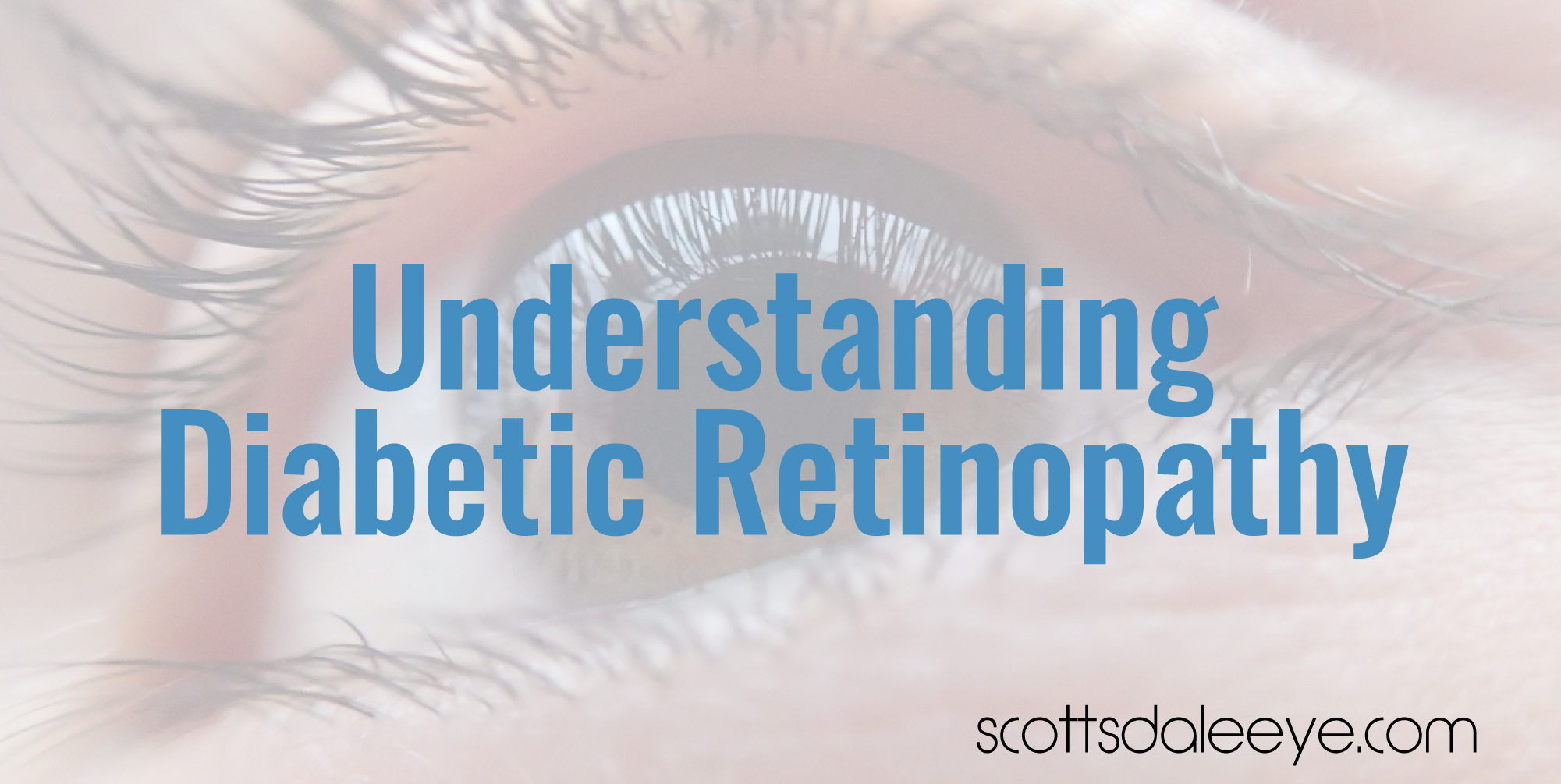If you suffer from diabetes, the possibility of diabetic retinopathy is a real thing. To keep your vision from harm, you should be in the know about the facts of diabetic retinopathy and how to get yourself checked and treated. If you think you could be affected by diabetic retinopathy now or in the future, you may be asking yourself these questions:
What is Diabetic Retinopathy?
Diabetic retinopathy is a disease caused by damage to the blood vessels in the retina through high blood sugar levels. Blood vessels can become swollen, leaky, or even close up, stopping blood flow all together. In some cases, new blood vessels can grow in the retina as a result of damage to other blood vessels, however, these new blood vessels usually grow abnormally and can be equally as damaging.
Diabetic retinopathy goes through two stages. The first stage, non-proliferative diabetic retinopathy (NPDR), is the beginning of the swollen and leaky blood vessels in the retina, commonly causing blurriness or even loss of vision. The second and more advanced stage, called proliferative diabetic retinopathy (PDR), is characterized by the growth of new blood vessels. These vessels can bleed into the vitreous, causing floaters or loss of vision. Even scarring can occur in the retina from these dangerous blood vessels.
How is Diabetic Retinopathy diagnosed?
To diagnose diabetic retinopathy, ophthalmologists will first use eye drops to dilate the pupils and get a closer look in the eye. A fluorescein angiography may be performed by injecting fluorescein into a vein, causing blood vessels to be “dyed” so they are more visible. The doctor will then be able to tell if any blood vessels are blocked, leaking, swollen, or growing. An optical coherence tomography (OCT) scan can also be performed to determine the thickness of the retina and measure swelling.
How is Diabetic Retinopathy treated?
Treatment is usually based off the severity of one’s diagnosis. There are a number of different ways to manage and treat diabetic retinopathy. The first and one of the most important treatments is through medical control, which can be done by monitoring and controlling blood sugar and pressure levels. Following a strict diet and taking medicine regularly for diabetes will aid in this as well. Medication is also available, the most popular being anti-VEGF. Anti-VEGF is an injection into the eye that can reduce swelling and slow vision loss. A few surgeries are available as well, like laser surgery to shrink and seal off blood vessels, or a vitrectomy in the case of advanced PDR. During this procedure, vitreous gel, excess blood, and scar tissue is removed to improve focus in the retina.
The most important thing to remember is the diabetic retinopathy is preventable with proper blood sugar management and routine visits to an eye doctor. In the event that diabetic retinopathy occurs, seeking immediate treatment will aid in slowing and preventing vision loss. Make an appointment Today with one of our eye doctors and keep your eyes healthy! Call 480-994-1872 to schedule or click here to schedule online!

